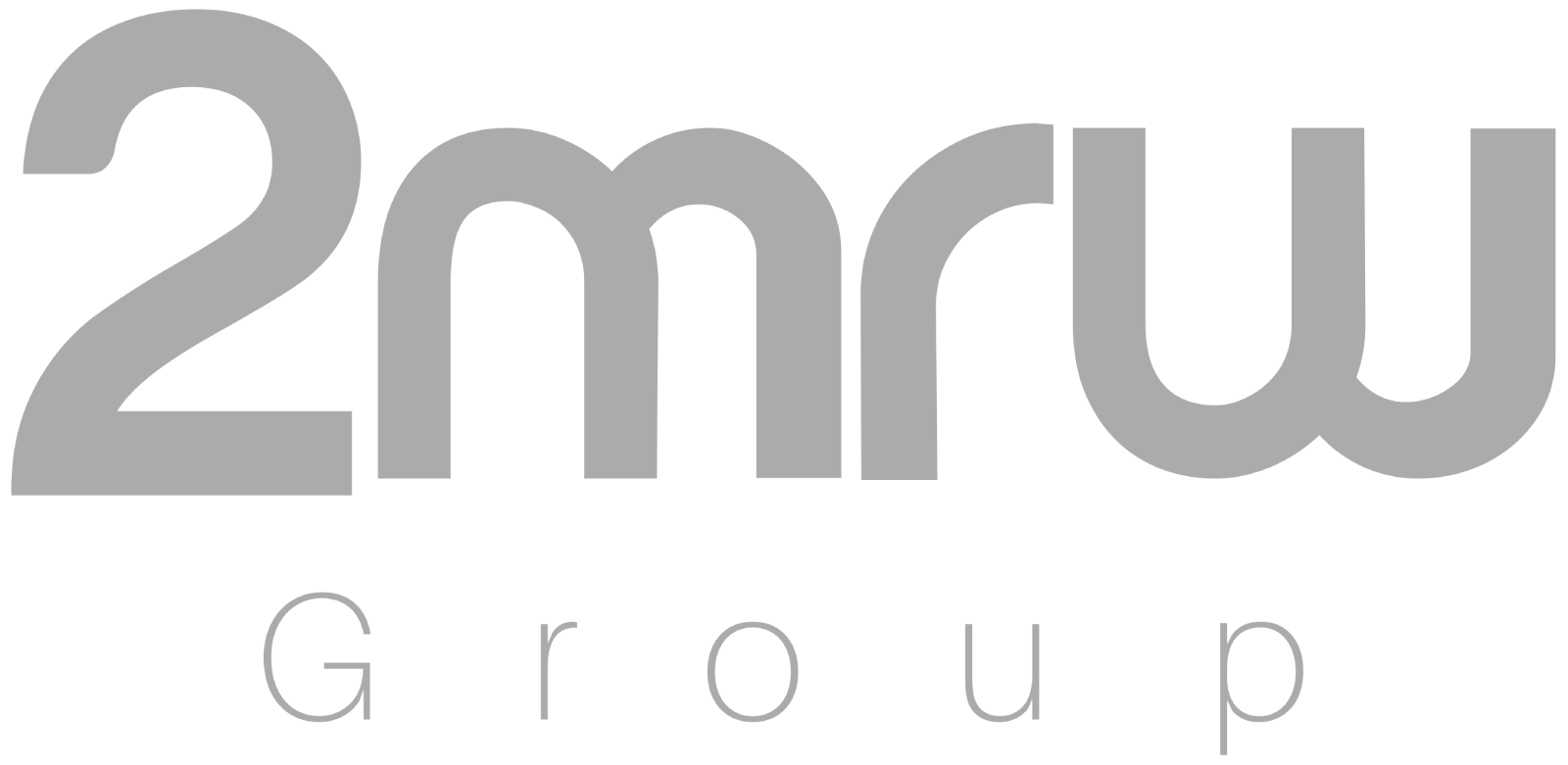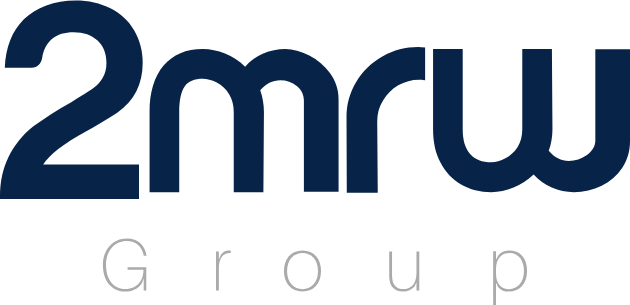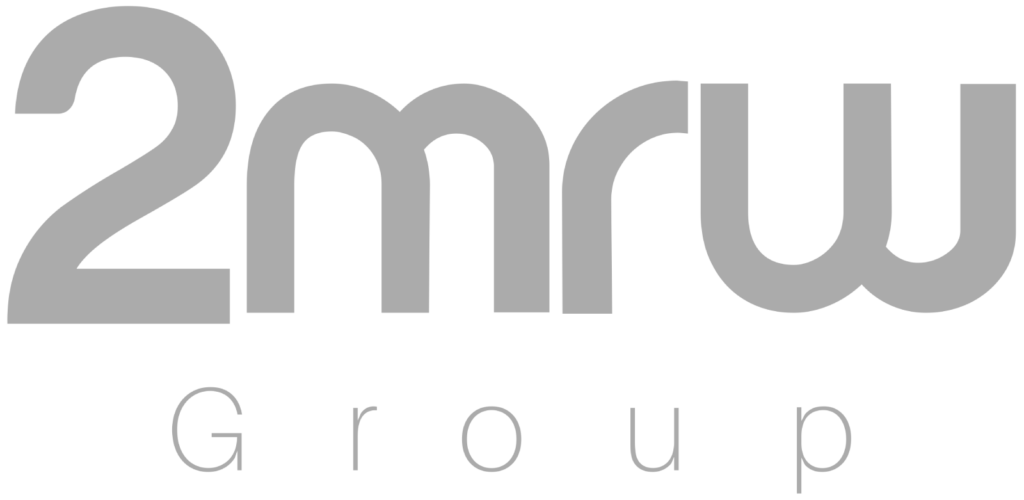The Four Keys to Inclusion
According to BCG, there are four critical pillars to building an inclusive environment:
- Leadership Commitment: Leaders need to walk the talk. It’s not enough to preach inclusion; they must embody it. Think of it as the difference between a CEO who sends out an email about Mental Health Awareness Month and one who actively encourages mental health days and sets boundaries for work hours. The latter is a leader who understands that their actions set the tone for the entire organization.
- Employee Engagement: Engagement is the secret sauce. It’s not about just having a seat at the table; it’s about having a voice that’s heard. Companies need to foster an environment where feedback flows freely and is acted upon. It’s like running a well-oiled machine where every cog, big or small, plays a crucial role.
- Culture of Belonging: Belonging is inclusion’s twin sibling. It’s the feeling that your presence matters and that your unique contributions are recognized. Imagine a workplace where everyone from the janitor to the CTO feels a sense of ownership and pride in their work. That’s the culture you’re aiming for.
- Inclusive Policies and Practices: Policies need to back up the rhetoric. This means fair hiring practices, equitable pay, and zero tolerance for discrimination. It’s the foundation upon which a truly inclusive workplace is built.
Inclusion and Burnout: The Connection
So, how does all this inclusion jazz combat burnout? Let’s break it down.
- Reduced Stress Levels: An inclusive environment can significantly reduce stress. When employees feel valued and respected, they’re less likely to experience the chronic stress that leads to burnout. It’s like a pressure valve that releases tension, making the workplace more bearable.
- Enhanced Engagement: Engagement is a burnout buffer. Employees who are engaged are more likely to find meaning and satisfaction in their work. They’re invested, they care, and they’re less likely to burn out because they see the value in what they do.
- Better Work-Life Balance: Inclusive workplaces often promote better work-life balance. They recognize that employees have lives outside of work and respect those boundaries. This holistic approach to employee well-being can prevent the relentless grind that leads to burnout.
- Increased Resilience: An inclusive environment fosters resilience. Employees who feel supported and valued are better equipped to handle setbacks and challenges. They’re more likely to bounce back from adversity and less likely to succumb to burnout.
The Proof is in the Pudding
Research backs up these claims. BCG found that companies with high levels of inclusion see a 17% increase in engagement and a 27% improvement in performance. Furthermore, employees in inclusive workplaces are 3.5 times more likely to contribute to their full innovative potential. These numbers aren’t just corporate jargon; they’re a testament to the power of inclusion.
But let’s play devil’s advocate for a moment. Inclusion is no magic bullet. It’s a crucial component, but it’s not the entire solution. Burnout is a multifaceted problem that requires a multifaceted approach. Companies must also address workload management, provide mental health support, and foster a culture that promotes overall well-being.
Solving The Puzzle
So, is inclusion the solution to employee burnout? It’s a significant part of the puzzle, but it’s not the whole picture. Think of it as the foundation upon which other burnout-prevention strategies are built. Without inclusion, you’re building on shaky ground. But with it, you’re setting yourself up for a more engaged, resilient, and ultimately happier workforce.
As we navigate the future of work, let’s remember that inclusion isn’t just a nice-to-have; it’s a must-have. It’s the bedrock of a thriving, dynamic workplace. And who knows, maybe it’s the secret ingredient to finally making those Monday mornings just a tad more bearable.
Until next time, keep striving, keep thriving, and remember: a truly inclusive workplace isn’t just good business—it’s a revolution.



1 Comment
Thanks for the article https://l-spb.ru/